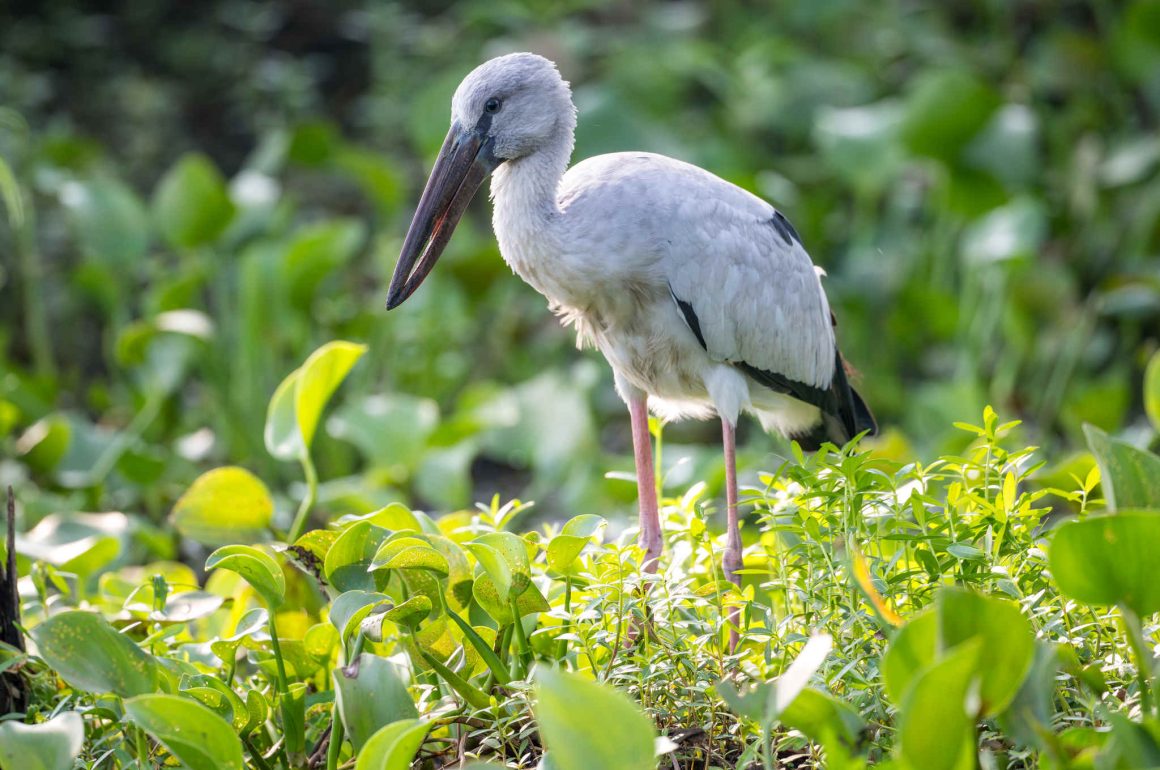
The Asian Openbill looks like it did not have access to a qualified orthodontist at a critical stage in its adolescence.
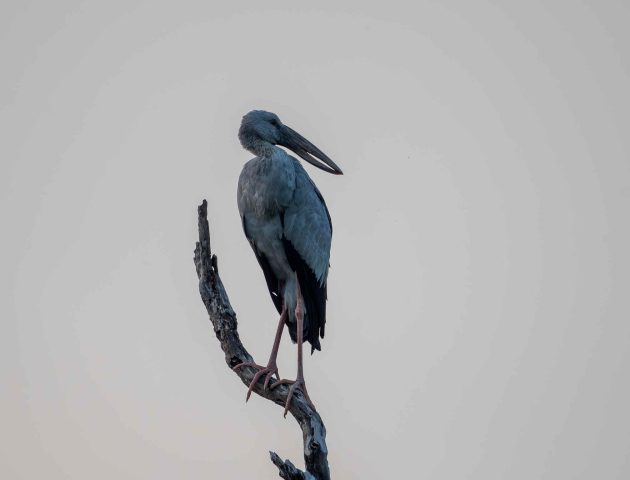
However, the species has turned this lack of accessible dentistry into an advantage. The gap lets the Asian Openbill handle its main prey, apple snails, efficiently. The curved bill with its slight gap is optimized for gripping the shell of the snail. The tips of the bill can still touch, allowing the bird to clamp down firmly. Once the snail is gripped, the openbill uses a sideways motion to extract the body of the snail from its shell.
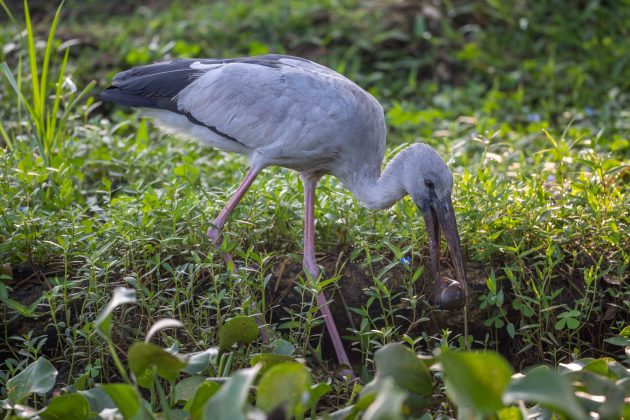
So, to the chagrin of orthodontists looking to extend their business into the veterinary area, the gap is not a deformity but a regular feature of mature individuals. In fact, juveniles do not show a gap until they grow older and switch to a diet heavy on these snails.
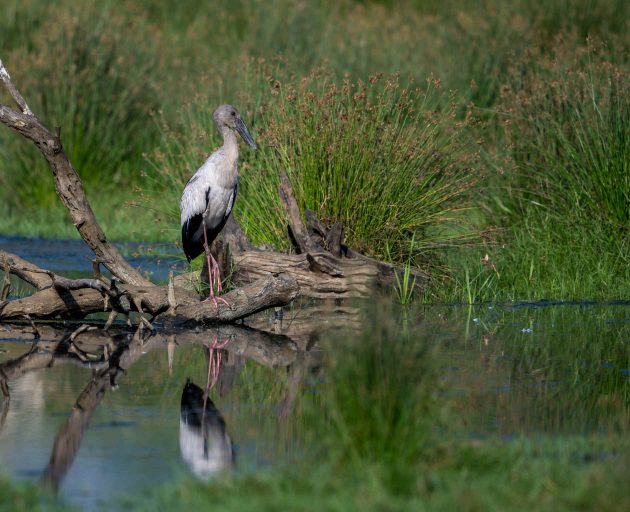
The gap is even part of the name of the bird – obviously in the “Openbill” but also in the scientific name of Anastomus oscitans. “Anastomus” roughly means “with mouth wide-opened” while “Oscitans” means something like “yawning”. Not surprisingly, in private, members of the species therefore often complain to me about being characterized only for their beak and not for their many other interesting properties or their beautiful souls.
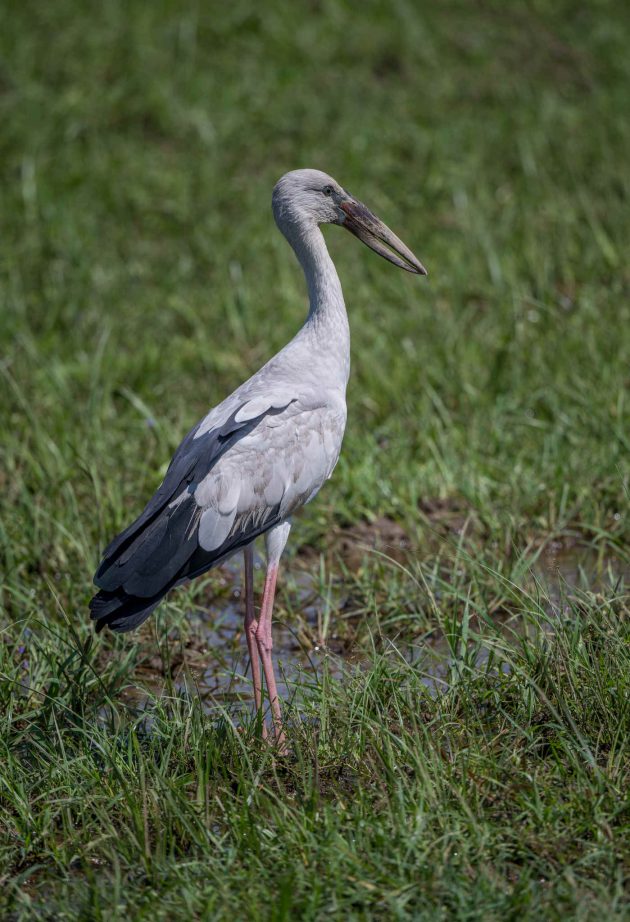
While I was at it, I also asked them how they select their nest sites. Somewhat predictably, they mentioned proximity to lakes, good food supply, and limited disturbances as their main factors (source).

On the other hand, at least in Nepal, lowland Nepalese farmland heavily used by humans was also reported as good habitat.

However, Asian Openbills dislike hailstorms very much. One paper describes how 45 individuals were killed during a hailstorm in the Xishuangbanna area in China in 2020.

How about their sex lives? Most Asian Openbills – like storks in general – are monogamous.
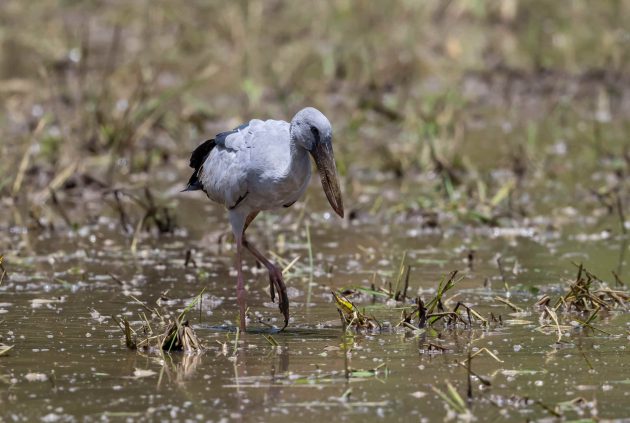
But not all. The literature reports both polygyny (1 male, 2 females) and polyandry (2 males, 1 female). However, as typical men will be relieved to hear, the case for polygyny is far better documented, while the one for polyandry is far murkier.
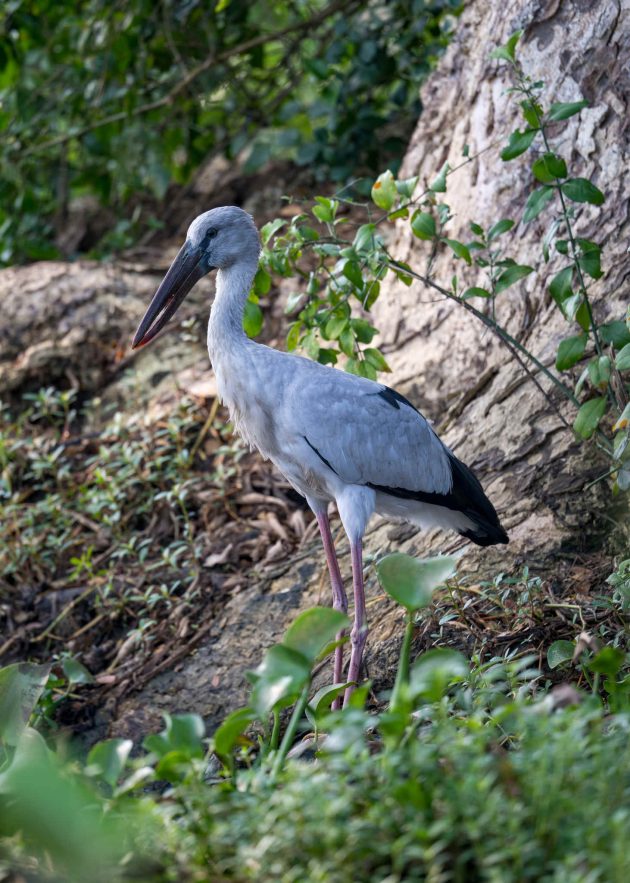
Interestingly, the females in the polygynic cases may even benefit – apparently, the breeding success is considerably higher in polygamous nests as there are fewer losses due to attacks from other openbills. The likely reason is that all three birds share all duties, including nest building and feeding the chicks, without any obvious discrimination of chicks.
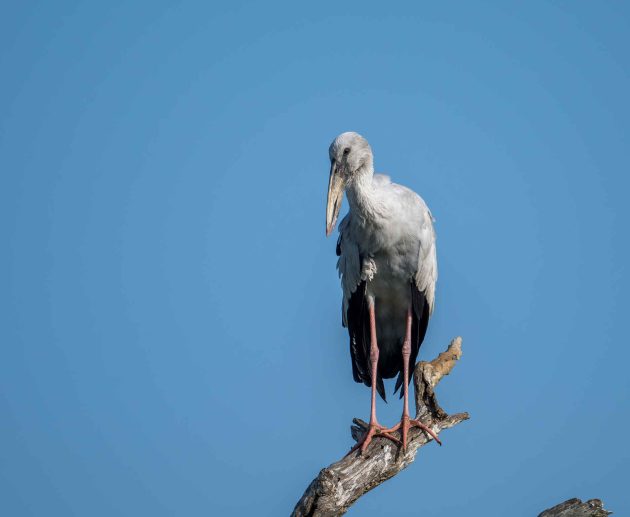
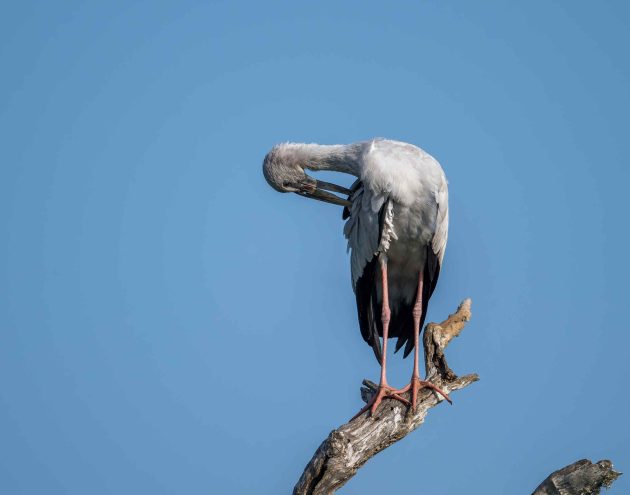
All photos taken in Sri Lanka in March 2025






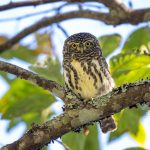


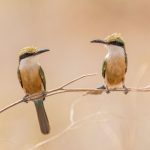
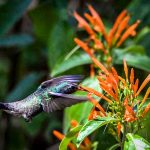
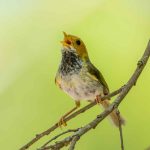

Leave a Comment